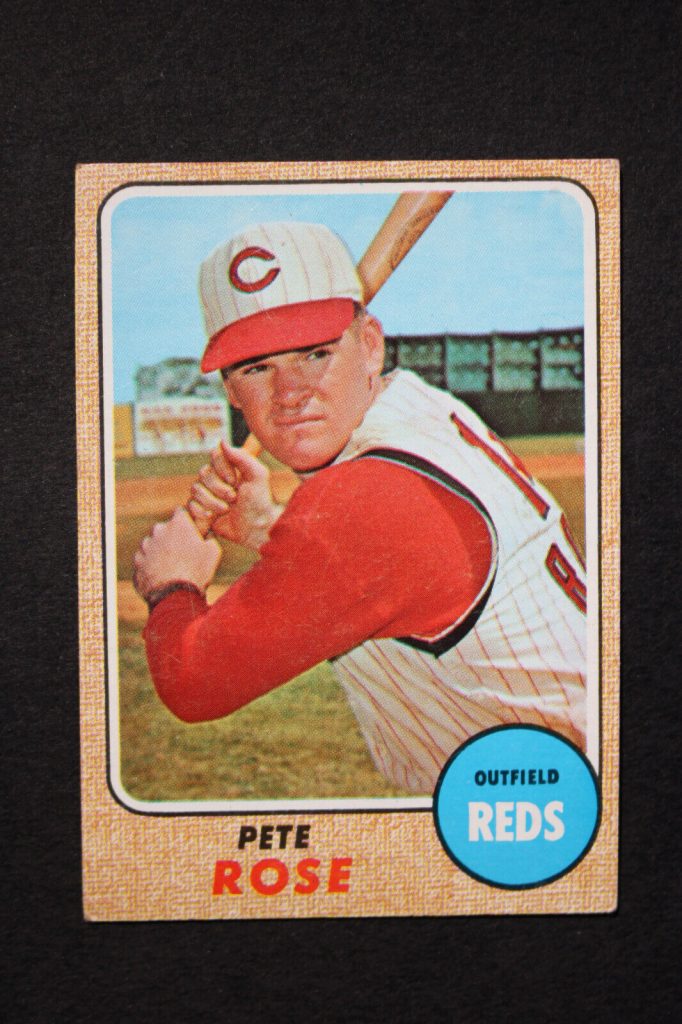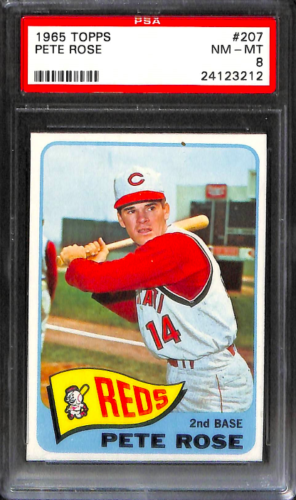I met Pete Rose once at a trading card convention. I was 10. There he sat – a plump, brutish, grumpy, sleep-deprived old man, reduced to nothing but his signature on a 5” x 7” photo.
That’s how Rose makes the majority of his money these days. Signing baseball cards. Signing hats. Signing pictures. Some have inscriptions: “To Fred, thank you for naming your son after me. All the best, Pete Rose.” 4,256 hits and all “Charlie Hustle” has to show for it are plane tickets, meal vouchers, cheap hotels and Sharpie ink on his right hand.
Let’s be clear: Rose broke a golden rule. He betted on baseball games during his tenure as a manager. “Shoeless” Joe Jackson would be proud. As a result, he was handed a lifetime ban. No signage in Great American Ball Park. No first pitches unless Commissioner Manfred says so. And certainly no plaque at the Hall of Fame.
At this point, it is an ethical issue of spite. Rose will be reinstated after he dies or when he is too old to relish in the moment. But why? Why is this the highest form of taboo? Why are racists, drunks, womanizers and bigots still immortalized in Cooperstown? Why does this distinctly American game, which is so grounded in superstition and tradition, draw the line at sports betting?
There are now MLB stadiums with dedicated spaces for gambling. Just last year, the Nationals opened “Bet MGM at Nationals Park,” an in-person sportsbook where fans can bet on their teams and players of choice. The institution that punishes Rose now profits off the same vices. A change is necessary.
Fan polls from Bleacher Report, The Business Journals and CBS News all indicate that Charlie Hustle should be in the Hall of Fame. This isn’t a hard repeal. We’ve unilaterally deflected the moral conundrum of sports gambling. All that is left is for Manfred to sign some papers.
Pete Rose is 81 years old. He is only getting grumpier, but he is arguably the greatest hitter to ever play the game. He’s an unforgettable cog in the Big Red Machine. He is a gritty, burly icon in the lore of the United States’ most storied sport. Give him a plaque, a jacket, a speech and send him on his way.
Let’s take a look at three of Pete Rose’s top cards:
1963 Topps #537 Pete Rose Rookie Card: This is considered to be Rose’s most valuable card, as it is his rookie card and is highly sought after by collectors. It features a photo of Rose as a young player and is considered to be one of the most iconic baseball cards of all time.

1968 Topps #230 Pete Rose Card: This card is another valuable one for collectors, as it features Rose during his prime years as a player. It shows him in a classic batting pose, and the card’s bright colors and clear image make it highly desirable.

1965 Topps #207 Pete Rose Card: This card is also highly valuable due to its rarity and age. It features Rose in a portrait-style photo and is known for its distinctive design, which makes it stand out from other baseball cards of the time.

